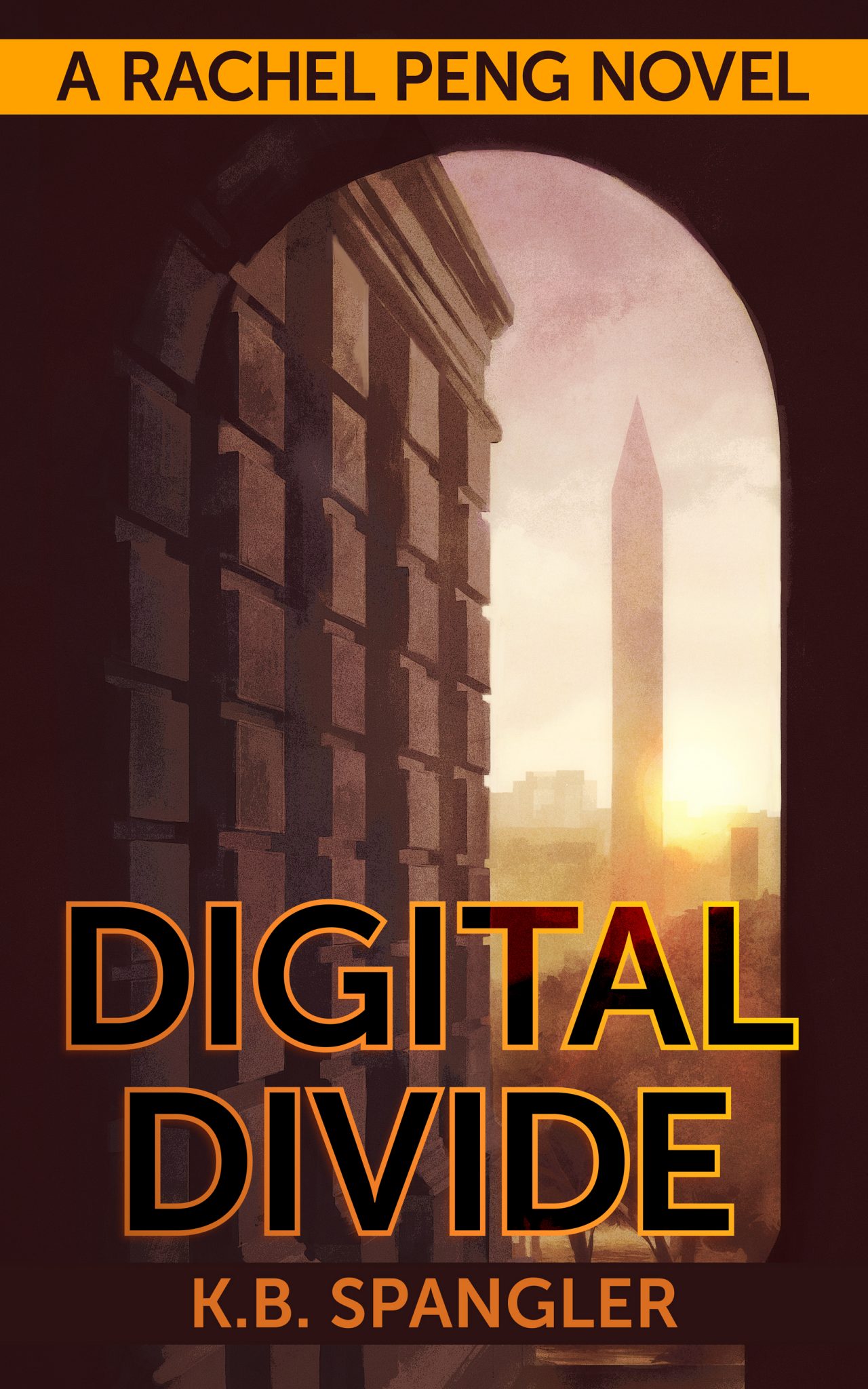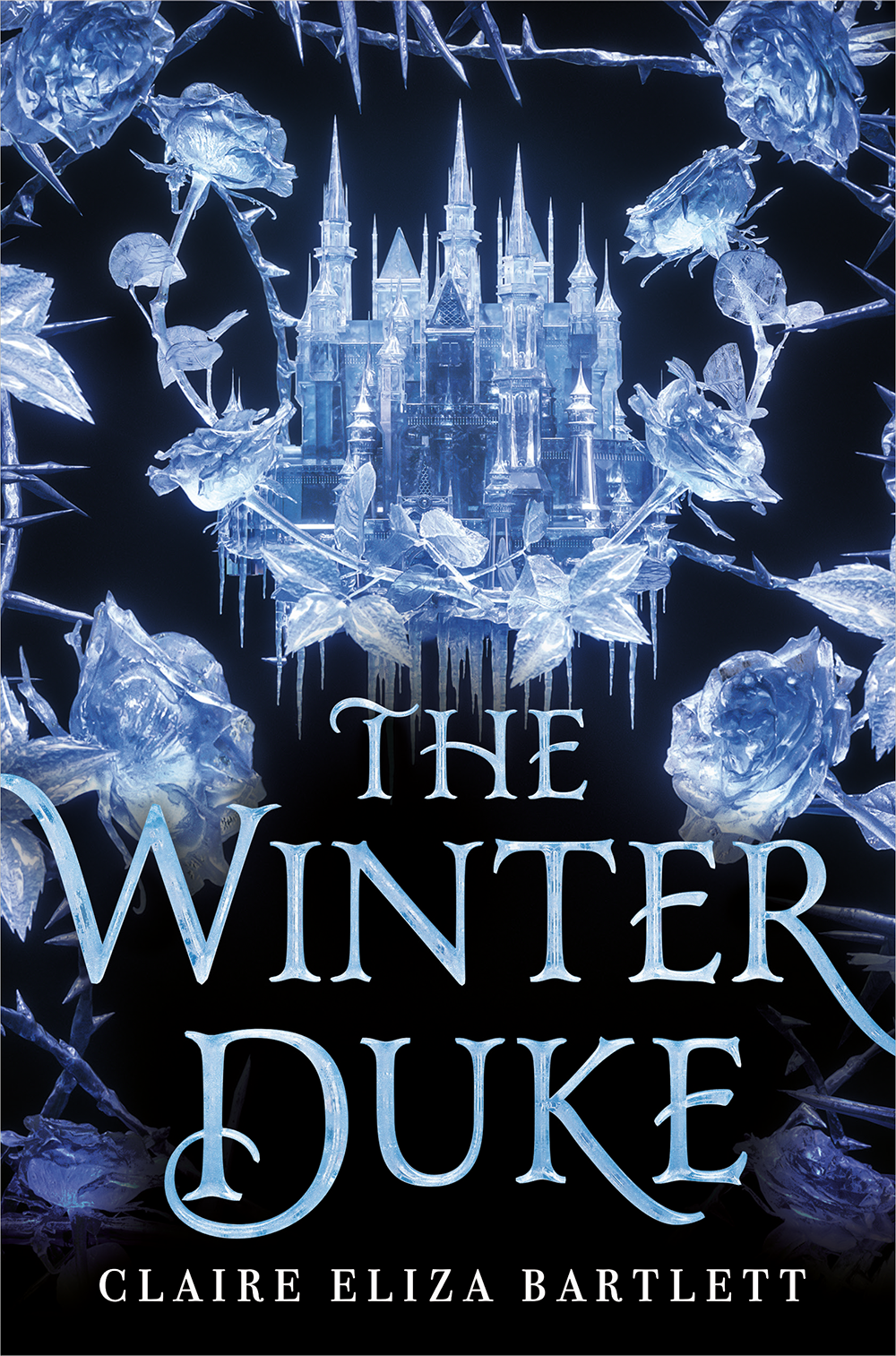This month’s book selection is Digital Divide by K.B. Spangler. Initially described as a kind of sci-fi mystery tale with a lesbian protagonist, I found that that, indeed was exactly what the book delivered.
Set in a near-future alternate Earth where several hundred people have been turned into, essentially, cyborgs in order to become ultimate weapons for the United States government, our protagonist is Rachel Peng, one of these first human-machine hybrids. Blind in real life, technology gives her the ability to see, not just in the visible light spectrum but in many other intriguing spectrums as well. The technology also allows them to ‘plug in’ to the internet, or any electronic device – they can hack into systems with nothing more than a thought.
Writing about this kind of thing can be tricky, because the writer runs the risk of a) using useless, dated jargon and skipping any kind of realism completely in order to make the tech more interesting or b) going too far into the mechanics of how such a theoretical system might actually work and turning their work of fiction into a dry treatise. Neither of these options is especially pleasurable for the reader. Spangler has, fortunately, walked the narrow line between these two extremes and delivered an adequate compromise.
I say adequate because it is just that. There are no groundbreaking new ideas here – it’s essentially basic human meets machine, which is something that’s already been covered by quite a few great science fiction writers. But though it’s a bit generic, it’s certainly not bad.
In terms of the plot itself, the story follows Rachel Peng, who works for the government and is attempting to prove to the world that she is not a scary cyborg monster but a real human being with real human emotions. Meanwhile a shadowy antagonist pulls several stunts in order to make the cyborgs look bad, so Rachel and her team must track him down and stop him, all while maintaining their image in the public eye. There are explosions and gunshots and sleuthing.
In terms of Rachel, our protagonist, she is a lesbian though it is not made a plot point. It is simply another aspect of her, like her hair color or shoe size. I find this refreshing to encounter in literature, and think it’s a good trend. Using a character’s sexual orientation as a cheap way to stereotype their personality, appearance, or behaviours, to turn a character into a caricature, is annoying at best and offensive at worst. However, through the course of this book Rachel is never romantically involved with anyone else; her feelings, at least in terms of sexual relationships, is never discussed. Which is fine. It’s not a love story, after all; it’s a sci-fi cop novel. Just be aware that if you’re looking for lesbian love, or romance, it’s not found in this book.
Overall, I found the writing engaging and the story complex and intriguing enough to keep me through to the end. It was nice to see a strong female lesbian character in fiction, especially in this genre. It’s a light read, something great for taking on the train or to the beach (for all you Northern Hemisphere denizens who are heading into summer.) If you’re a fan of science fiction, or police mystery novels, then I think you’ll enjoy this book!



Jean Johnson says
Rachel does start dating in the second book, MAKER SPACE, and she’s in a relationship (but not living together yet) in the third novel, STATE MACHINE…but it’s never the central point of the stories. That is refreshing, honest, and realistic, rather than trotted out as “Ooh, look at the lesbians in this story!!” as if they were a pair of breeding macaques in a cage or something. I really like the way how it’s just a normal part of life. In fact, I’d say it’s the most normal part of Rachel’s life, and presented as such. A touchstone everyone can relate to, whatever their orientation–when the shhh hits the fan at work, you can count on your sweetie to be your dose of normalcy in your day.